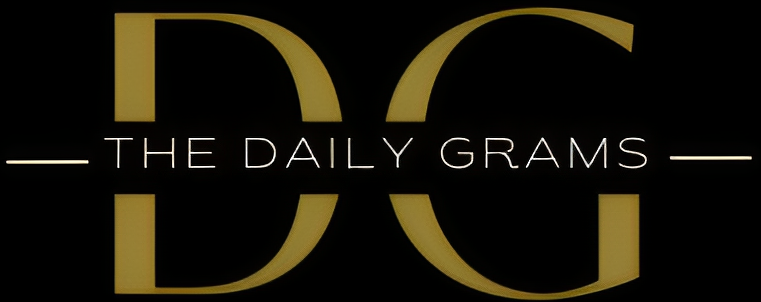The U.S. economy is like a huge puzzle, made up of many different pieces that fit together to show how things are going. To understand how it’s doing, experts look at various things like loans, trade, and what important people say about money.
Loan Officer Survey
Let’s start with the Loan Officer Survey. This is a report that explain us about how banks willing are to lend money. When banks are more space to lending, it can mean people and businesses might spend more, which is good indictoar for the economy.
Trade Balance
The Trade Balance is like a report card for how much stuff the U.S. buys from other countries compared to what it sells. When the number is negative, like the recent -61.5B, it means the U.S. bought more stuff from other countries than it sold. Sometimes this can affect things like jobs and prices.
Economic Optimism
The RCM/TIPP Economic Optimism number is a bit like a mood ring for the economy. When this number goes up, it means people might be feeling better about how things are going. A higher number might mean they’re more hopeful and could spend more money.
FOMC Members Speaking
FOMC stands for the Federal Open Market Committee. They’re the folks who look after the country’s money and try to keep things on track. When these important people like Kashkari, Goolsbee, Barr, Waller, and Logan speak, they talk about what they think might happen with money. Their words are important because they can influence how others think about the economy.
Looking at the recent numbers:
Trade Balance: -61.5B
Economic Optimism: 44.5
The Trade Balance showed that the U.S. bought more stuff from other countries than it sold. This could mean more money going out of the country, affecting things like jobs. On the brighter side, the Economic Optimism number went up to 44.5. It’s like people are feeling more hopeful about the economy.
It’s like when you look at the weather report. If it says it might rain, you might take an umbrella. The same goes for these economic reports. People, businesses, and even the government can use these numbers to make decisions about money. When things look good, they might spend more. When things don’t look great, they might be more careful.
